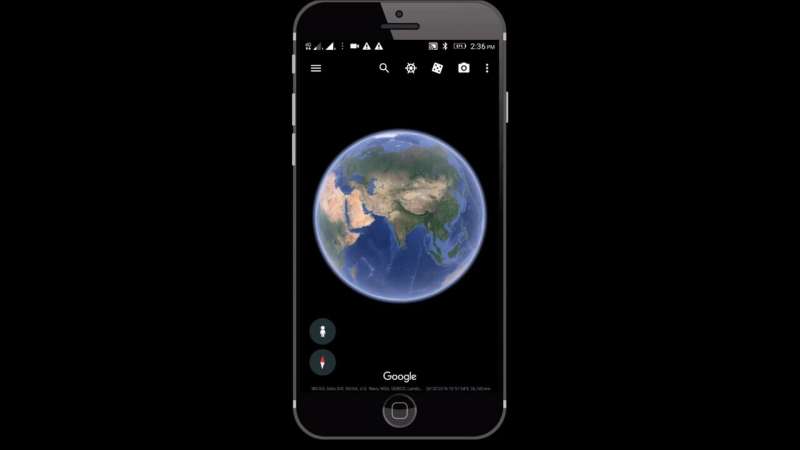
October 24, 2024 by University of the Basque Country
Collected at: https://phys.org/news/2024-10-algorithm-satellite-affected-areas-global.html
A new method of detecting fires of less than 250 meters uses data from two satellites that collect optical images and data from another four that measure high temperatures caused by fires.
Aitor Bastarrika of the UPV/EHU’s Built Heritage Research Group, is proposing an algorithm to achieve the global mapping of burnt areas with a higher resolution. The study is published in the ISPRS Journal of Photogrammetry and Remote Sensing.
Obtaining accurate, up-to-date information from fire-affected areas is essential not only to better understand air quality, biogeochemical cycles or climate, but also to contribute toward fire management.
A few decades ago, the mapping of burnt areas was done on the basis of the study of rural areas, but since the launch of Earth observation satellites, remote sensing has become a more practical option for locating burnt areas, as satellites make it easier to measure fire-affected areas, both regionally and globally.
Image resolution is the problem with respect to areas mapped by satellite. In fact, the resolution of global observations has so far been poor. “The omission error of current products is very high: many areas that are in fact burnt are not identified as such,” said Bastarrika.
“Current systems use a pixel size of between 250 and 500 meters, so they do not detect fires of less than 250 meters. And in some ecosystems, fires of this size are very frequent.”
By using data from six different satellites, the researchers developed an algorithm to achieve a higher resolution. First, they took advantage of the images captured by the two optical satellites of the Sentinel-2 constellation: they offer good spatial resolution of 10–20 meters, but with a low temporal frequency, as images of a specific location are only obtained every five days.
Second, they used MODIS products (derived from the Terra and Aqua satellites) and VIIRS (derived from the Suomi NPP and NOAA-20 satellites) products that detect active fires: they detect high temperature spots with a low spatial resolution of 375–1,000 meters, but with a high frequency, as they collect data every day.
A proven algorithm in hundreds of areas
The algorithm developed by Bastarrika’s team uses the data from the two active fire detection products and with them trains an optical imaging system with a view to producing a classification system. It then makes predictions of what has and has not been burnt.
“In addition, these forecasts were tested in 576 areas around the world. In other words, the algorithm was analyzed in all ecosystems where burnt areas are significant,” explained Bastarrika.
The algorithm developed by the team is not the only one; there are other similar proposals. However, the contribution by the UPV/EHU researchers is particularly important because the algorithm is designed to be applied on a global scale and to obtain results with a medium resolution.
“Algorithms already exist for mapping specific areas at medium resolution, but our proposal can map burnt areas across the world, does so at an acceptable resolution and is up and ready for use.”
For the future, the aim is to create new products using this algorithm that has been developed. “Since up to now, they have been prepared to use low-resolution systems, from now on, the aim is to create products that deliver results at a medium level of resolution. Moving from low to medium resolution would make a great contribution towards identifying specific ecosystems and studying climate,” said Bastarrika.
More information: Aitor Bastarrika et al, An automatic procedure for mapping burned areas globally using Sentinel-2 and VIIRS/MODIS active fires in Google Earth Engine, ISPRS Journal of Photogrammetry and Remote Sensing (2024). DOI: 10.1016/j.isprsjprs.2024.08.019

Leave a Reply